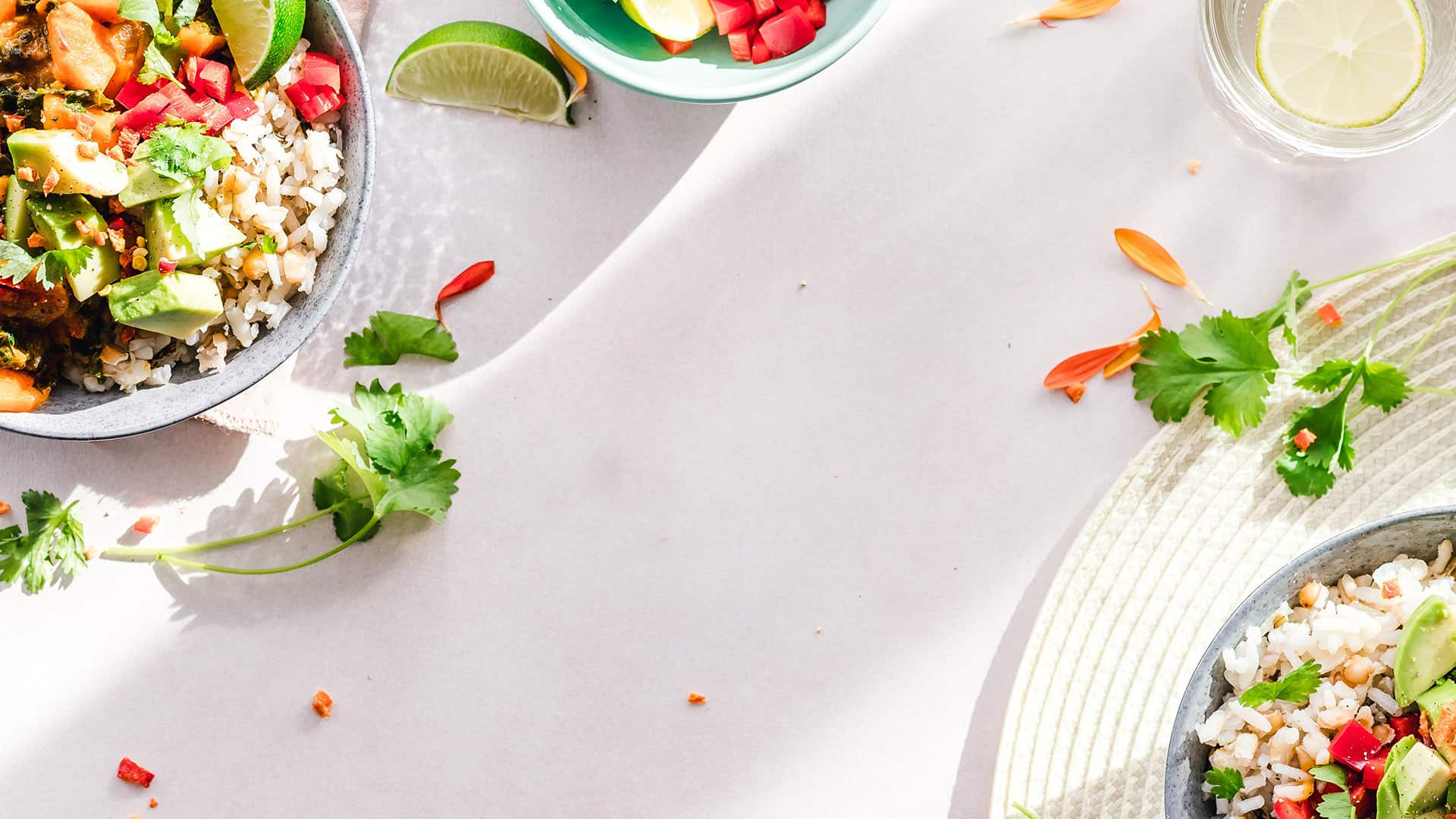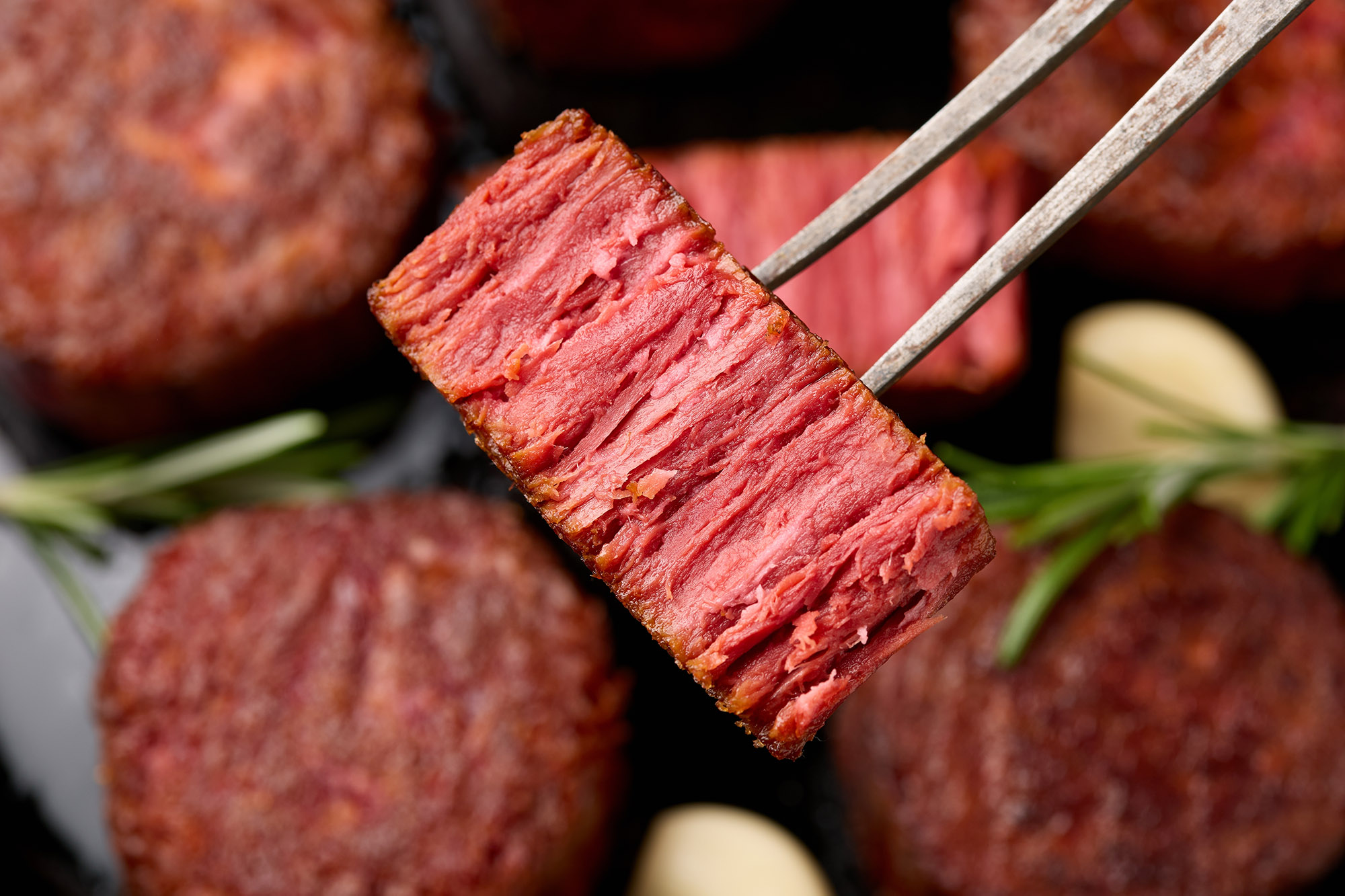

UMass Amherst food scientist wins US$611,000 USDA grant to improve texture of plant-based meats using AI and physics
The US Department of Agriculture has awarded US$611,000 to Dr Jiakai Lu, Associate Professor of Food Science at the University of Massachusetts Amherst, to develop a new computational framework for improving the texture of plant-based meat alternatives.
The three-year project will combine multiphysics simulations and scientific machine learning – an emerging branch of artificial intelligence that integrates physical laws into data-driven models – to better understand and predict how fibrous structures form during the production of high-moisture meat analogs.
“Plant-based meat analog has been a hype for the last few years but one of the reasons it’s not becoming more and more popular in the market is because of the taste,” said Lu. “The texture, the fillings, are still a little bit short from real meat. That’s why we want to understand better not just the ingredients but the processing itself to improve the internal structure of the meat analogs.”
The research focuses on extrusion, the process used to convert plant proteins into meat-like textures. Protein powders are exposed to high temperature and shear forces inside an extruder, causing them to denature and align into fibrous structures. As the material passes through a cooling die, temperature and flow gradients drive phase separation and solidification – the key steps that give plant-based meats their fibrous, meat-like texture.

“Unfortunately, it’s almost a black box process,” Lu explained. “We don’t see what’s happening inside during the process, so a large part of our work is to do computer simulations.”
But modeling extrusion accurately has proved challenging because of the complex and constantly changing properties of plant protein materials. Traditional simulation methods can’t easily account for these rapid transformations, which is where Lu’s approach comes in.
By merging machine learning with physics-based modeling, Lu’s team will build algorithms capable of interpreting and predicting what happens inside the cooling die in real time. “The machine thus learns not only from empirical data but from the governing physics of the system,” Lu said. “By integrating constitutive modeling, multiphysics simulation, and neural differential equations, the model aims to generate a comprehensive predictive framework that conventional data-only approaches cannot readily achieve.”
Lu’s project will involve collaboration with researchers at Purdue University and the University of Washington. Co-investigator Carlos Corvalan, Associate Professor of Food Science at Purdue, worked with Lu on earlier studies that successfully applied scientific machine learning to predict relationships between food properties and sensory perception. Their research was published in Food Research International and forms the foundation for the new USDA-backed effort.
Lu and Corvalan are both part of the Scientific Machine Learning for Food Manufacturing initiative, a research hub focused on optimizing food design and production through hybrid computational tools.
A second co-investigator, Dr Girish Ganjyal of the University of Washington, brings expertise in extrusion and food processing. His team will design and fabricate new cooling dies based on the simulation results generated by Lu’s models. “The cooling process is one of the most important steps in making the structures of the meat analog,” Lu said. “We will do the simulations to create the algorithms and then work with the University of Washington, where the cooling die will be built using our suggestions.”
Ultimately, the project aims to create a predictive tool that can guide manufacturers in designing extrusion systems to produce more realistic textures – a key factor limiting consumer adoption of plant-based meats. By enabling better control over how plant proteins align and solidify, Lu’s model could help close the sensory gap between traditional meat and plant-based alternatives.
Extrusion texture remains one of the biggest challenges in the alternative protein industry. Unlike flavor, which can be modified through additives or fermentation, texture depends on complex interactions between ingredients, temperature, pressure, and flow – variables that are difficult to measure and optimize experimentally.
“Right now, manufacturers rely heavily on trial and error,” Lu said. “Our work could provide a shortcut – a scientific way to see what’s happening inside the extruder and design processes that yield a more meat-like result.”
Lu is among a growing group of food engineers applying scientific machine learning to food design. Unlike traditional AI, which depends purely on correlations in data, scientific ML incorporates physical principles such as force balance, momentum conservation, and thermodynamics. This integration produces models that are both interpretable and predictive, bridging the gap between simulation and experimentation.
Earlier this year, Lu co-authored USDA-funded work on predicting the shelf life of bulk oils by tracking antioxidant behavior, alongside UMass Amherst research professor Eric Decker. That project demonstrated how machine learning can be used to enhance food safety, reduce waste, and extend product longevity.
Lu’s USDA grant reflects growing national interest in food manufacturing resilience and sustainability. By improving the quality of plant-based meat analogs, the project supports broader goals of reducing reliance on animal agriculture and lowering the environmental footprint of protein production.
“Understanding the physics of how these structures form could revolutionize the way we design meat analogs,” Lu said. “It’s not just about making them taste better – it’s about creating sustainable food systems that people actually enjoy eating.”
The project’s success could have ripple effects throughout the plant-based industry, enabling more precise and efficient production methods while cutting down on wasted ingredients and energy.
For Lu, the excitement lies in bringing together two worlds – computational science and culinary engineering – to solve one of food tech’s toughest problems. “We’re trying to use science to make something that feels natural,” he said. “If we can make plant-based proteins that really deliver the same eating experience as meat, that’s a big win for consumers, for producers, and for the planet.”
If you have any questions or would like to get in touch with us, please email info@futureofproteinproduction.com


-p-800.jpg)



